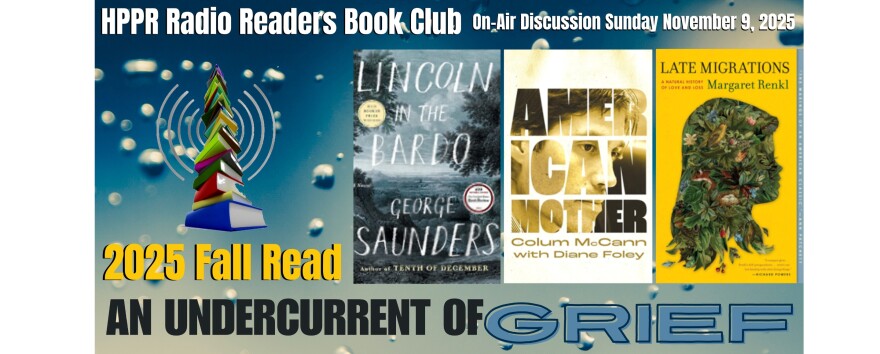Greetings from Goodwell in the Oklahoma Panhandle! I’m Marjory Hall with a BookByte for the Radio Reader’s Series. Don’t you think most people have been taught that rhetorical questions are great attention-grabbers? After all, such questions immediately invite the reader into the conversation. There’s a presumption of common ground that is irresistible to an audience. Sometimes, though, it is not the question but the unspoken response that gets to the heart of the discussion. David Sipress’s memoir What’s So Funny? is an example of such a rhetorical question. Sipress describes vignettes of his life that are often not funny at all. It is Sipress’s decision to consider those events, and life, in humorous, compassionate hindsight that make this book so endearing.
Along with the overtly comical episodes in the book, the author tells of losses, pain, and mistakes throughout his life that are terribly sad. From his youthful ineptitude at caring for pets to the deaths, in quick succession, of his immediate family members, Sipress does not hold back from making his reader experience grief in those events. In a novel or play, one might look forward to some plot turn that will transform the hero’s life into one of bliss and tranquility. That is not the case here. This is not fiction.
The most prominent antagonist of Sipress’s story, as in many people’s, is his family. The author recounts many predictable petty squabbles as well as some serious rifts. Regardless of the magnitude of disruption, though, Sipress recounts that there is always reunification; there is never a final severance of love. The bond that ensures the resilience of his love for family is acceptance and the realization that, even when they got it wrong, his parents tried their best. Sipress recounts learning about some family truths that had been buried for years, and with the support of his beloved wife, making sense of events he had never understood. Finally, he can regard his family as flawed but never uncaring.
Throughout What’s So Funny?, Sipress reports that the inspiration for most of his best cartoons is found in the events of everyday life. He describes pausing in mid-conversation, having just realized that the moment will make a great cartoon. Please note that I did not say, “a funny” cartoon. The key to Sipress’s genius is that he captures moments that are commonly recognizable as the fabric of life. He depicts our common ground of triumph, embarrassment, disagreement, loss, and occasional foolishness that most people will recognize. The laughter his cartoons evoke is the recognition of shared experience: sometimes silly, sometimes bittersweet. Sipress’s theme is that life continues despite the turmoil it creates. He shows us that the humor in life depends on our reaction to events, not the events themselves.










